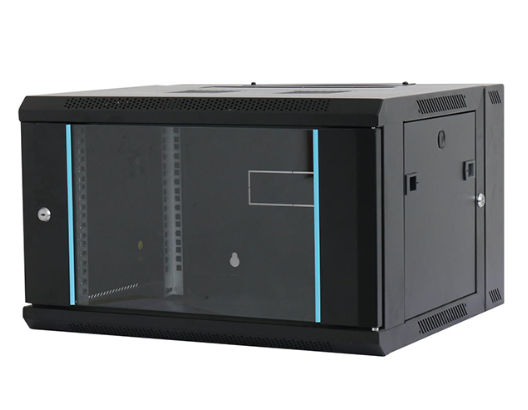News
Site Editor
 Site
https://leonetworkgroup.usa18.wondercdn.com/uploads/image/5fe152faa587d.png
Fiber Optic Communication System: An IntroductionFiber optic communication is the system of transmitting data from one point to another by sending light signals through thin, hair-like fibers of glass or plastic. This communication technology is widely used today in telecommunication, internet connectivity, broadcasting, medical imaging, and other fields.A fiber optic communication system comprise
Site
https://leonetworkgroup.usa18.wondercdn.com/uploads/image/5fe152faa587d.png
Fiber Optic Communication System: An IntroductionFiber optic communication is the system of transmitting data from one point to another by sending light signals through thin, hair-like fibers of glass or plastic. This communication technology is widely used today in telecommunication, internet connectivity, broadcasting, medical imaging, and other fields.A fiber optic communication system comprise
What Is Fiber Optic Communication System
Views: 493
Author: Site Editor
Publish Time: 2023-07-10
Origin: Site
Fiber Optic Communication System: An Introduction
Fiber optic communication is the system of transmitting data from one point to another by sending light signals through thin, hair-like fibers of glass or plastic. This communication technology is widely used today in telecommunication, internet connectivity, broadcasting, medical imaging, and other fields.
A fiber optic communication system comprises of three main components; the optical transmitter, the optical fiber, and the optical receiver. The optical transmitter is responsible for converting electrical signals into light signals suitable for transmission over the fiber optic cable. The optical fiber acts as the medium for carrying these light signals over long distances with very little signal loss. Finally, the optical receiver decodes the light signals back into electrical signals that can be interpreted by the receiving device.
The Advantages of Fiber Optic Communication System
There are several advantages of using a fiber optic communication system over traditional copper wiring communication systems. These include:
1. High bandwidth: Fiber optic communication systems have a higher bandwidth capacity compared to copper wiring. This means they can transmit a larger amount of data in a shorter amount of time, making it ideal for tasks such as video streaming and high-speed internet connectivity.
2. Low attenuation: The attenuation in a fiber optic communication system is much lower than in copper wiring systems. This means that the signals can be transmitted over much longer distances without the loss of signal strength and without requiring signal boosters.
3. Immunity to electromagnetic interference: Fiber optic cables are immune to electromagnetic interference due to their insulating properties. This means that these cables can be installed in areas with high electromagnetic interference without disturbance of the signal quality.
4. Security: Fiber optic cables are very difficult to tap into or intercept because of their ability to carry light signals which are not easily detected. This makes fiber optic communication system more secure than copper wiring communication systems for transmitting sensitive data.
Applications of Fiber Optic Communication System
The application of fiber optic communication system is widespread and encompasses numerous areas of technology. Here are some of the most common applications:
1. Telecommunication: Fiber optic cables are used extensively in telecommunication for data transmission, internet connection, video conferencing, and voice transmission.
2. Medical Imaging: Fiber optic cables are used extensively in medical imaging equipment, such as endoscopes, for the illumination of internal body organs and tissues, without the need for invasive incisions.
3. Industrial Applications: Fiber optic sensors are used in industrial automation, manufacturing processes, and structural health monitoring.
4. Research and Development: Optical fibers are used in scientific research and development for conducting physical experiments and optical measurements.
In conclusion, fiber optic communication system is an efficient and reliable technology that offers numerous advantages over traditional copper wiring communication systems. Its widespread use in various industries, and applications demonstrated its effectiveness as a high-speed data transmission system.
If you want to know more about industrial network cabinet,china fiber optic splice closure,china fiber optic distribution box,please consult the fiber optic splice closure factory









